The use of leaders’ images throughout history has always had a
multifaceted role. During the days of revolution, the masses, with
passion and fervor, seized upon their leaders’ portraits, raising
them high with slogans and ideals, crying out with their full
existence. Yet, as time passes, those same images o cially
displayed everywhere, from textbooks to city walls lose their
original essence. Their presence, their slogans, and their
accompanying ideals, even with exact repetition of the words, no
longer carry their true meaning.
This complex relationship between image and power can also be
observed in modern Iranian history. Naser al-Din Shah was the
first to be photographed and brought this practice into the land.
Similarly, many world leaders had a special interest in recording
and multiplying their portraits. What is striking here, however, is
that despite the generally negative perception of his reign, his
images have endured up to today commonly used and even
carved onto small amulets turning his portrait into a beloved
token of devotion.

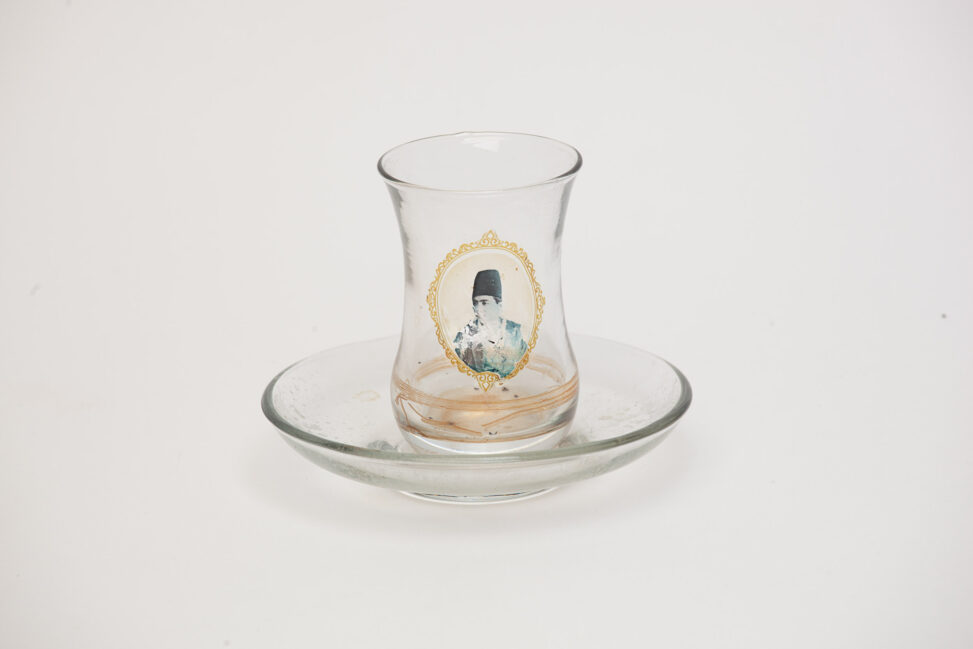
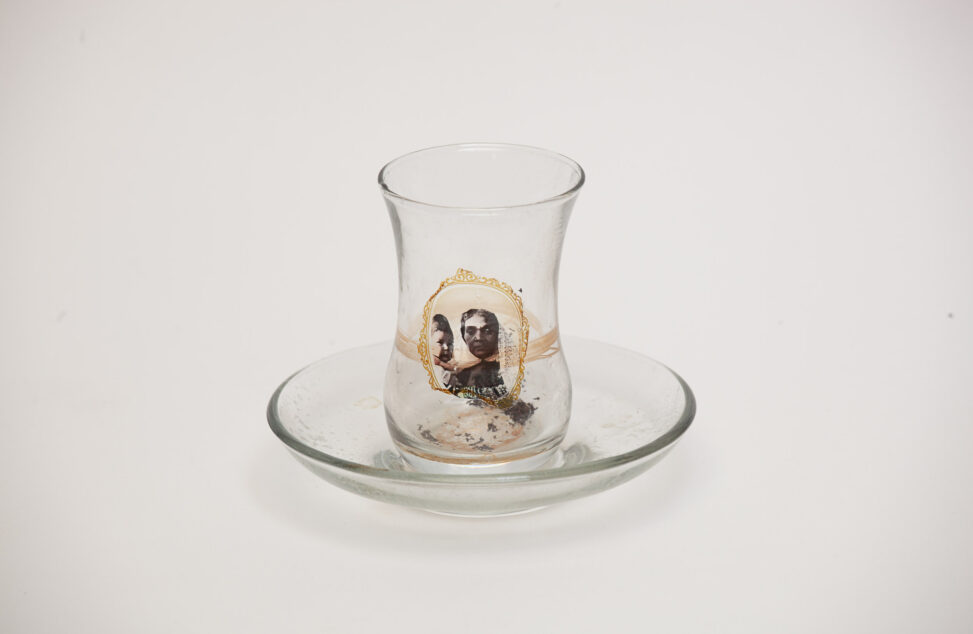
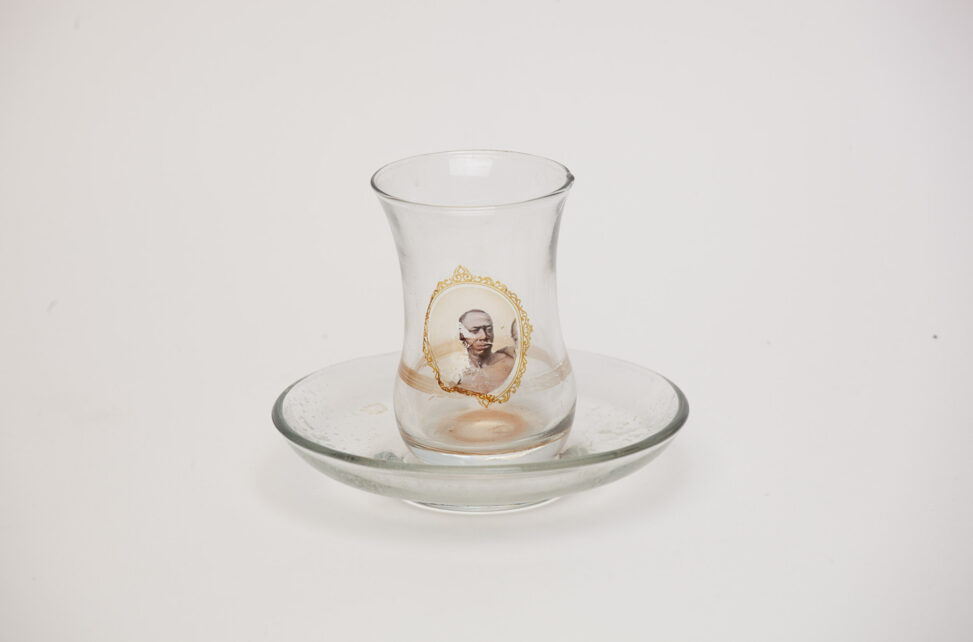

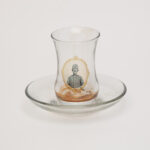
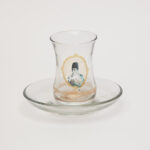
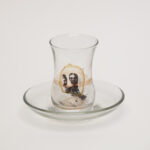


Leave a Reply